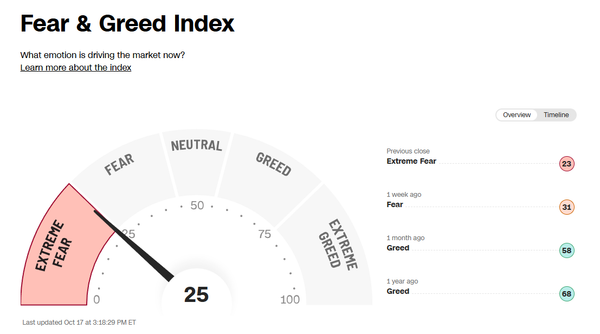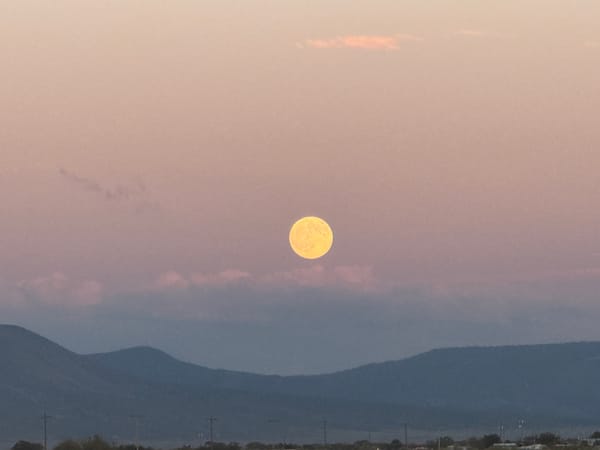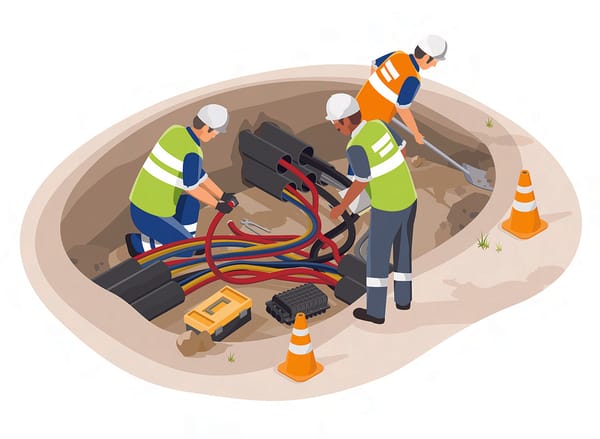What’s next for energy, stocks and the economy
Energy Short-term – The big story in energy isn’t OPEC or fracking — it’s debt. There is at least a couple trillion dollars that US-based energy companies carry on their balance sheets. There’s another couple trillion dollars in soveriegn debt from countries including Russia, Venezuela and other members. Most of those US-based energy companies need $40 or higher oil prices or they will end up defaulting on their debt payments, going bankrupt and reorganizing their financials.
The problem is that there is still so much capacity from fracking and new technology wells, that can quickly be brought back on line, that every time oil does bounce well above $40 a barrel, all these heavily-indebted, very scared companies will turn that capacity back on and supply will then rise and oil prices will likely head back down into the $30s. Over the next two to three years, we’ll hopefully see dozens or scores or even hundreds of energy companies go bankrupt, dozens of formerly large cap stocks like FCX, CHK, BTU will all end up bankrupt, allowing the companies to write down all that debt they won’t ever be able to pay back and the new shareholders, employees and executives can then prosper. That’s actually the best case scenario.
The worst case scenario for energy near-term would be if energy prices were to spike strongly again, and oil were to spend the next year above $50 a barrel, and all these zombie energy companies with too much debt will think they’ve got an indefinite reprieve. The energy sector needs to recapitalize (or get bailed out like the Republican Democrat Regime did the banks back in 2008 — more on that in a minute).
Energy Long-term – The fact is that if you look back at the historical cycles in energy, they can take 10-15 years or even longer to play out. As Jim Rogers used to explain to me on my old TV show, energy and commodity cycles typically last 17-20 years. We’re in year two or maybe three of the energy and commodity downturn and people think it might already be over? I strongly doubt it. Don’t forget that solar and some other renewables are going to become an ever bigger part of our energy systems and they will keep downward pressure on energy prices for decades to come too.
Stocks/Economy Near-term – The currency wars around the world have resulted in a race to devalue every developed economy’s currency. Negative interest rates are a reality in countries that account for more than 1/4 of the world’s GDP. Because the dollar remains the world’s reserve currency and will continue to be so for the foreseeable future, the US Federal Reserve has much more leeway to cut rates, create new forms of QE, and perhaps even move to negative interest rates here in the US. All this means that I expect the Fed to move from its current tightening phase and expected two rate hikes this year, to another easing cycle for the next year or two. Whether this is bullish for the stock market or bearish is a matter of debate.
There’s an old saying on Wall Street that you “Shouldn’t fight the Fed” which means you should expect higher stock prices while the Fed is easing. But for the last twenty years or so, the exact opposite has been true — you would have wanted to be in stocks when the Fed was in a tightening phase in the late 1990s while you would have wanted to be out of the markets or even short stocks when the Fed was easing again from 2000 to 2002. Likewise, you would have wanted to be in stocks when the Fed was in a tightening phase from 2003 to 2007 while you would have wanted to be out of the markets or even short stocks when the Fed was easing again from 2008 and 2009. The Fed has been cutting QE since 2012 or so which was essentially a move into another tightening phase and, once again, stocks boomed.
On the other hand, the timing of these stock market vs Fed cycles is far from perfect and overlaps and counter-moves in stock markets can last for weeks or months and go further than you ever thought possible, both to the upsides and downsides.
Back in October 2007 when I closed my hedge fund and took a job as a Fox Business news anchor, I used to write a series of articles called “this won’t end well”. I spent the first few months on the new job warning people about the coming real estate crash and how the repercussions of it would be enormous. I just don’t see that kind of a set up right now. Don’t get me wrong, I certainly expect there will be more than one stock market crash and/or economic depressions in my lifetime. And there’s always the chance that the markets crash again near-term, for a reason that wasn’t on my radar.
For now though, I would guess that there’s at least one more leg up in the Bubble-Blowing Bull Market. I would expect a couple of serious sell-offs over the course of this spring and into middle summer, but I wouldn’t want to try to game them other than to own some great stocks but have plenty of cash ready to put to work buying great Revolutionary companies with a focus on technology stocks in coming months.
After having been aggressively long stocks and a few long-dated call options with few or no short positions in 2011 and 2012, as I was wildly bullish about the economic set-up, the Fed cycle, corporate earnings growth and most of all, the App Revolution/App Bubble, I’ve cut the number of stocks I own in half and have trimmed down the number of shares I own in my existing longs. I’ve added a few short positions, including Valeant Pharma six months ago before it became the poster child for profiteering in the health care industry, Pandora Radio and a few others.
See, we don’t have to be all in or all out at any given time. Jim Cramer once gave me a book by Andrew Byer called, believe it or not, “Picking Winners: A Horseplayer’s Guide.” Cramer told me that there were a lot of lessons about how to manage risk vs reward scenarios in your portfolio that you can learn from Byer’s work on horse race handicapping. In essence, it’s that you want to bet big when the odds are terrifically in your favor, bet smaller when the odds are just somewhat in your favor, and to walk away entirely when the odds are against you. Right now, the odds are just okay in the stock market as I don’t expect a big crash near-term but I also don’t expect stocks to bubble to new heights in the near-term either. So we bet smaller for now, but we remain in the markets overall.
I don’t plan on being as aggressively long stocks as I was in 2011 and 2012 until we’ve actually had another stock market crash. On the flipside, when I think the timing for the next major stock market crash/financial crisis/Black Swan event to hit looks closer, I plan on having more shorts, even more cash and fewer longs on the sheets than I do right now.
Stocks/Economy Long-term – Speaking of stock market crashes, financial crises and Black Swan events, let’s move to the long-term outlook for stocks and the economy. The fact is that we have huge imbalances, central planning and out of control redistribution of wealth in the US and global societies. And when I say redistribution of wealth, I mean the use of tax and other governmental policies that are redistributing wealth upwards. Imbalances, central planning and redistribution of wealth to a select few– these are not the things that long-term prosperity is built upon and we all know it.The reason that wealth disparity in this country has gotten to third world levels is because every central bank policy, most every law passed by the Republican Democrat Regime on a national level and many on a state and local level, every bailout — even the Obama/RomneyCare health care system and wars themselves — are all done in the name of creating more profits for giant banks and giant corporations. 0% interest rates, QE, bank bailouts…these things hurt every body in this room because you and your children are the ones who have to pay for them. I’ll bet that the businesses that you all work for paid 30% or more in taxes last year, while Goldman, Apple and Wal-Mart paid less than 1/3 that effective tax rate. And that’s another example of how wealth disparities can grow from unlevel playing fields created by big government.
It’s the small town, hard-working local communities that are truly being drained dry by these policies that take your wealth and funnel it through the government to giant banks and corporations in big cities. And every time another trillion of dollars of debt is added to the taxpayer’s balance sheet, it’s another trillion dollars of prosperity that the current generations are stealing from our children.
This is all very real and it’s tragic and it will cause even more hardships, death, and wealth disparity unless all of us as citizens of this country and this community stop the cycle.
What will be the likely catalyst for this house of card political and economic reality we live in to come crashing down? Higher rates, I would expect.
Not some measly 0.25% bump or two in overnight rates at the Fed. Rather, if and when you finally see interest rates across the board, from mortgage rates to corporate rates to long-term Treasury rates, start to rise sustainably, that will probably the time to really get cautious, as the hundreds of trillions of dollars of sovereign and corporate and bank debt around the world won’t be able to be rolled over any more.
In the meantime, enjoy the good times and slowly but surely prepare for the bad.




